2018-12-06
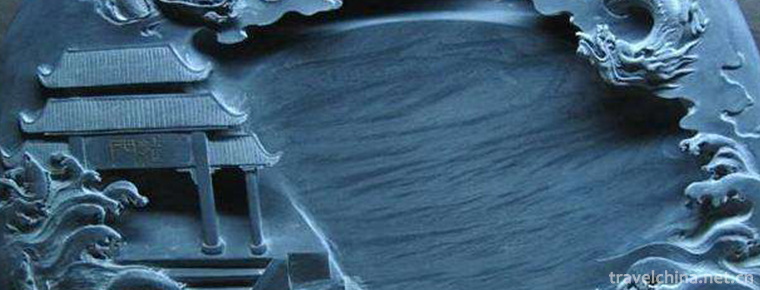
- By ChinaWiki.net
- Chinese Edition
- 2019-07-01
Inkstone making skills
Inkstone making skills, local traditional handmade inkstone making skills in Shexian County of Anhui Province and Wuyuan County of Jiangxi Province, is one of the national intangible cultural heritage.
Inkstone production techniques came into being in the Han and Jin Dynasties, and became more and more famous in the Tang Dynasty. After the Five Dynasties, inkstone is more precious in the world. Inkstone production developed rapidly in Song Dynasty. After the founding of New China, inkstone production once developed. After the reform and opening up, inkstone production technology developed rapidly.
On May 20, 2006, inkstone making skills were approved by the State Council of the People's Republic of China and listed in the first batch of national intangible cultural heritage list, project number: _-74.
historical origin
Inkstone began in Tang Dynasty. According to Tangji's Inkstone Spectrum of Shezhou in the Northern Song Dynasty, Wuyuan Inkstone was published in "Tang Kaiyuan, the hunter Ye Shi went to the Great Wall animal by animal and saw stacked stones like fortresses, clear and lovely. Because of his return, it was published as inkstones, warm and moist across Duanxi River." Since then, She inkstone has become famous all over the world.
Inkstone was already flourishing in the flourishing Tang Dynasty. Tang Kaicheng five years dustpan-shaped inkstone, fine stone, pure color, is a precious relic of early inkstone. In the Southern Tang Dynasty, inkstone was greatly favored. Li Jingjing, the master of inkstone, set up inkstone work in Hezhou. Li Shaowei, a master of inkstone worker, was chosen as inkstone official. Li Yu, the later master, highly praised inkstone, called inkstone, Chengxintang paper and Li Ting Silicon Inkstone the world's crown.
In the Song Dynasty, inkstone has made great progress, the scale of inkstone mining has expanded, and inkstone products have been constantly emerging. The inkstone is crowned with many names, fine texture and carving work. In 1953, 17 inkstones unearthed from the Song Dynasty kilns in Shexian County were of different stone quality and shapes. They were ingeniously made and displayed the exquisite appearance of the inkstones. According to inkstone records, there were seven kinds of eyebrow lines, 13 kinds of outer mountain ribs, 10 kinds of Shuixuan Jinwenjue, all kinds of brilliant patterns, as praised by Cai Junmo, a calligrapher of Song Dynasty: "Jade is pure and elegant, and its edges are silent. If you still hold on to what you hear, you will ask for the fifteenth city of the Qin people." In the poem, the inkstone is comparable to Bian He-yu, and the inkstone is of great value.
After the Yuan Dynasty, the mining of shear stones was intermittent, but Chengyan still emerged in large numbers and became a treasure of the courts and gentry's homes in the Ming and Qing Dynasties.
After the founding of the People's Republic of China, inkstone production once developed, and Venus inkstone came out again. After the reform and opening up, Shexian and Wuyuan counties have set up inkstone factories, craft factories and four treasure companies in Wenfang successively. From inkstone mining, product production to decoration, they have also excavated new varieties such as "bean spot", "green brush silk", "scarlet" and "purple cloud". Since the mid-1980s, inkstone has entered the forefront of the national inkstone industry.
Technological characteristics
Material selection
Inkstone material is called shear or inkstone. It usually takes 500 million to 1 billion years of geological change to form. The most suitable material for inkstone production is slightly phyllized slate. Its main mineral compositions are sericite, quartz, pyrite, pyrrhotite, limonite, charcoal, etc. Its grain size ranges from 0.001 mm to 0.005 mm, and its specific gravity ranges from 2.81 to 2.94. The main inkstone front is flaky.
Decorative pattern
The pattern structure of inkstone is very prominent, which can be divided into fish-roe pattern, rib pattern, golden halo pattern, eyebrow pattern and brush pattern. Because of its fine mineral size and uniform distribution of particulate quartz, it has the effect of making ink profitable, slippery and astringent, which has been praised by calligraphers of all dynasties.
modelling
Modeling is the external form of inkstone and the externalization and beautification of the practical function of artificial inkstone shaping. Forms are diverse. Generally speaking, they can be divided into four categories: geometric form, bionic form, conformal form and natural form. In each category, there are many specific forms. For example, geometry includes rectangles, squares, hexagons, octagons, circles, ellipses, diamonds and so on. The same is true for other types. The names of specific forms are one of the bases of inkstone names, and different forms have different names. Such as rectangular inkstone, lotus-shaped end inkstone, pine crane washing inkstone, natural red silk inkstone, octagonal clear mud inkstone and so on. There are also some inkstones of unknown origin, often called by shape, such as square inkstone, circular inkstone, skip-shaped inkstone, tortoise-shaped inkstone, piano-shaped inkstone, melon-shaped inkstone, sea-sky sunrise follow-up inkstone and so on.
Technological process
Inkstone production techniques have the following six major processes:
Stone selection
In fact, stone selection is the process of stone quality identification of inkstone. After using the methods of "seeing, touching, knocking, washing, grinding and carving" to identify the quality of the stone, the high-quality inkstone that meets the standard of inkstone production is selected. A good inkstone should have a certain volume, moderate hardness and particle size, and should not have ribs and partitions. Some stones need to be further processed in accordance with specifications and process requirements, sawn into a certain shape, and grinded properly to become inkstone blanks.
Design
Design is an extremely important key process in the process of inkstone production. The success of works depends to a certain extent on the level of design ability. Inkstone carving emphasizes the application of skills according to aptitude and natural creation. Therefore, in the process of design, it is necessary to compare and observe the shape, texture, color and texture of stone repeatedly, give full play to one's imagination, select the best carving theme, give different patterns according to the shape and size of inkstone, the quality of inkstone, and the change of pattern color, and return the drawings to inkstone (such as bamboo in the chest, iron can also be directly connected to inkstone). Sketch on the blank so as to carve along the drawing.
carving
Inkstone carving is an artistic creation, similar to calligraphy and painting. The general requirement of inkstone carving is to conceal defects and show beauty without leaving knife marks. Choose knife method according to the content, or bold, rigid, or delicate, implicit, should be rigid and flexible, grasp light, heavy, slow, disease and so on. The process is divided into two steps: cutting (blanking) and carving (thinning). The pool, inkstone pool and hand covering are first chiseled and then modified with carving knife. Inkstones have reasonable proportions, prominent subjects, distinct layers and smooth lines. Some inkstones also need to be engraved with inscriptions and seals.
Polish
After inkstone engraving, the inkstone surface and pattern should be polished. First, the inkstone should be polished with fine oil stone, and then the inkstone should be polished with fine sand paper until the hand touches no armor. Whether an inkstone can be smooth, smooth and transparent depends on polishing (polishing). We must take this work seriously and not carelessly. Improper polishing or improper polishing methods will damage the inkstone work and cause losses.
Polishing maintenance
When a piece of inkstone is finished, it should be cured with a thin layer of oil. According to the tradition, walnut oil should be chosen as the best choice, and inkstones should not be sealed with wax.
Making Inkstone Box
Inkstones should be equipped with inkstone boxes to protect decorations and inscriptions, prevent dust from entering inkstones, and play a decorative role on inkstones. Inkstone boxes are mainly made of wood of various materials, including brocade boxes, etc. It is not appropriate to use metal or other material boxes that are harder than inkstone boxes. In addition to the preparation of inkstone boxes, there are also some later packaging work.
Inheritance and Protection
Inheritance value
Inkstone production technology is an excellent traditional handmade inkstone technology, which has a high status and value in the five thousand years of Chinese culture. It carries the value of inheriting the excellent history and culture of the Chinese nation, spreading the magnificent value of folk art, and economic value as an indispensable necessary tool for the study.
Heritage figures
Cao Tieming, male, was born in December 1954. In June 2007, Cao Tieming was selected as the representative successor of the first batch of national intangible cultural heritage projects and declared in Shexian County, Anhui Province. Project Name: Inkstone making skills.
Zheng Han, male, was born in June 1963. On May 26, 2009, Zheng Han was selected as the representative successor of the third batch of state-level intangible cultural heritage projects and declared in Shexian County, Huangshan City, Anhui Province. Project Name: Inkstone making skills.
Wang Zuwei, male, was born on November 7, 1964. On December 20, 2012, Wang Zuwei was selected as the representative successor of the fourth batch of state-level intangible cultural heritage projects and declared in Shexian County, Huangshan City, Anhui Province. Project Name: Inkstone making skills.
Jiang Lianggen, male, was born on November 14, 1972. On December 20, 2012, Jiang Lianggen was selected as the representative successor of the fourth batch of national intangible cultural heritage projects, and declared in Wuyuan County, Shangrao City, Jiangxi Province. Project Name: Inkstone making skills.
Cai Yongjiang, male, on May 8, 2018, Cai Yongjiang was selected as the representative successor of the fifth batch of national intangible cultural heritage projects and declared in Shexian County, Anhui Province. Project Name: Inkstone making skills.
Wang Hongxin, male, on May 8, 2018, Wang Hongxin was selected as the representative successor of the fifth batch of national intangible cultural heritage projects and declared in Wuyuan County, Jiangxi Province. Project Name: Inkstone making skills.
protective measures
In 2006, the Inkstone Art Association of Shexian County was established by Fang Jiandun, Ling Hongjun, Fang Xubin and other colleagues, aiming to promote the inheritance, research and development of inkstone production techniques, promote the construction and protection of the origin of inkstone, develop excellent works of Shemin inkstone, promote the promotion of inkstone, and further protect and flourish the historical and cultural heritage of inkstone.
In July 2008, with the support of Shexian County Party Committee and County Government, Shexian Cultural Department led the establishment of Xin'an Inkstone Art Museum.
Since 2012, the Huizhou government of Shexian County has held regular inkstone production skills contests; the Palace Museum in Huangshan City Huizhou traditional craft workstation platform role, to achieve the organic combination of modern design and Huizhou traditional handicraft, in order to revitalize Huizhou traditional craft.
social influence
Important Exhibitions
From June 9 to 13, 2017, the Mobile Culture-Grand Canal Cultural Belt Exhibition and the Fourth Beijing-Tianjin-Hebei Feiji Exhibition were held in Beijing, in which the inkstone production skills were displayed.
From June 1 to 2, 2018, the "Colorful Non-Heritage, Better Life - Jiangxi Non-material Cultural Heritage Exhibition" was held in Nanchang, in which the inkstone production skills were displayed.
international repercussions
In October 1997, Zheng Han, the representative successor of the third batch of national intangible cultural heritage projects, was identified as a gift from Prime Minister Li Peng to Emperor Akihito of Japan.
On January 26, 2004, Zheng Han, the representative successor of the third batch of national intangible cultural heritage projects, was identified as the central component of the four treasure boxes of the National Gift of President Chirac, presented by President Hu Jintao to French President Chirac.
Honorary recognition
In April 2013, Inkstone Carving - Poetry of Tang and Song Dynasties won the Golden Prize of the Golden Phoenix Innovative Product Design Competition in 2013.
In September 2018, his work "Heshibi-Qinqi Calligraphy and Painting Inkstone" won the silver prize of the 2018 Tourist Commodity Competition with Chinese Characteristics.
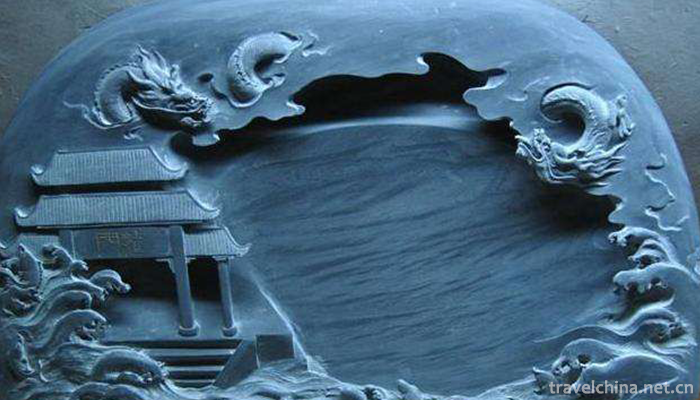
Ask a Question
Your email address will not be published.
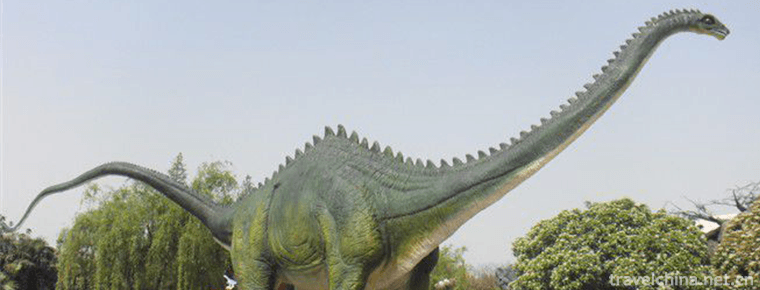
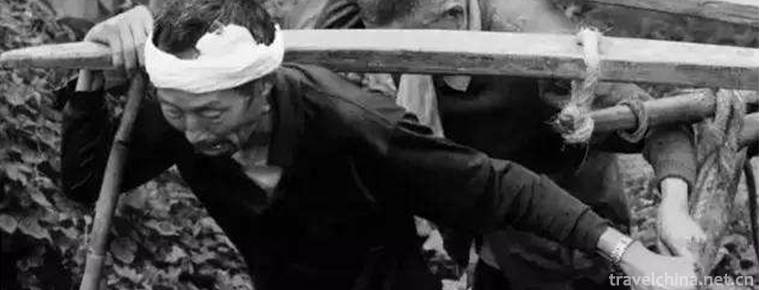
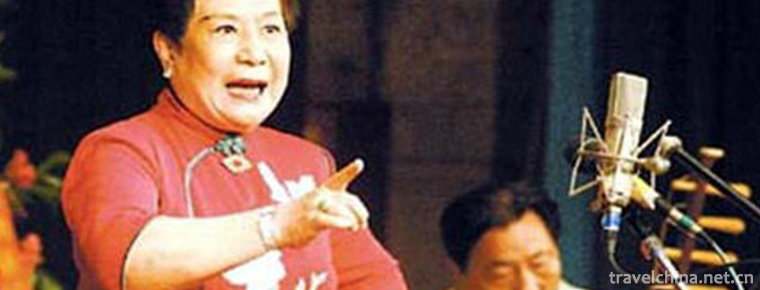
0 Questions